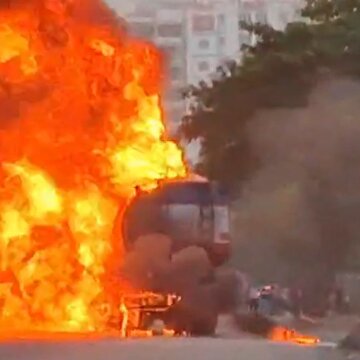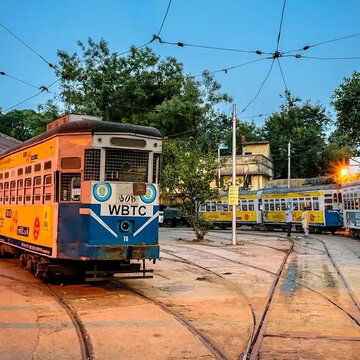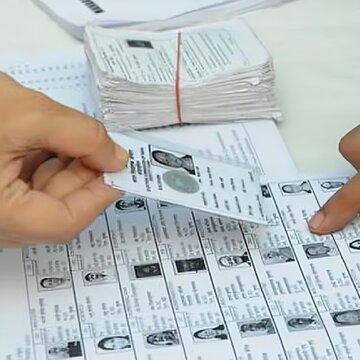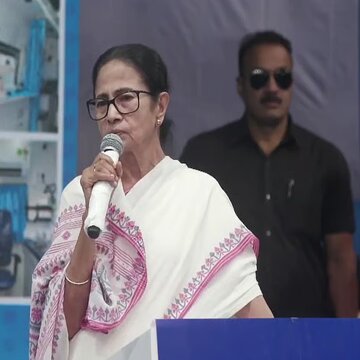Meteorology lent Kolkata a helping hand this Diwali. While most cities in the Indo-Gangetic plains gasped under heavy smog, the City of Joy witnessed a remarkable turnaround in air quality from “very poor” to “satisfactory” in just 14 hours.
According to data from the West Bengal Pollution Control Board (WBPCB), air quality levels plummeted late on Diwali night but rebounded swiftly by Tuesday afternoon, thanks to favourable atmospheric conditions. “The air quality is largely meteorologically governed. Diwali came early this year when the dispersal mechanism of pollutants was strong,” said Kalyan Rudra, WBPCB chairman.
On Diwali morning, Kolkata’s 14 monitoring stations reported AQI readings between 65 and 88 which is well within the ‘satisfactory’ range. But as fireworks began lighting up the skyline after 9 pm, pollution levels shot up sharply. At 1 am, the Sarojini Naidu College station recorded an AQI of 352, while Lake Town and Ajaynagar touched the 300-mark, entering the “very poor” zone.
A quick clean-up, courtesy the weather
As per a Times of India report, Meteorologists credited the city’s warm air and active wind movement for preventing prolonged smog. “The thermal uplift and air circulation helped pollutants disperse quickly,” said Abhijit Chatterjee, environmental scientist at the Bose Institute.
By Tuesday afternoon, the numbers were back within the “satisfactory” band. Experts say Kolkata’s relatively warm post-Diwali weather allowed natural ventilation that cities like Delhi and Lucknow lacked, where pollutants got trapped under cold, still air.
While the festive fireworks did cause a temporary spike in particulate matter, Kolkata’s rapid recovery offered a rare post-Diwali respite with a clean breath that much of north India could only envy.











